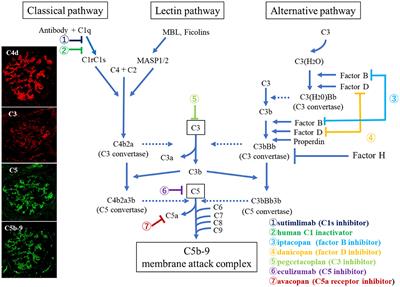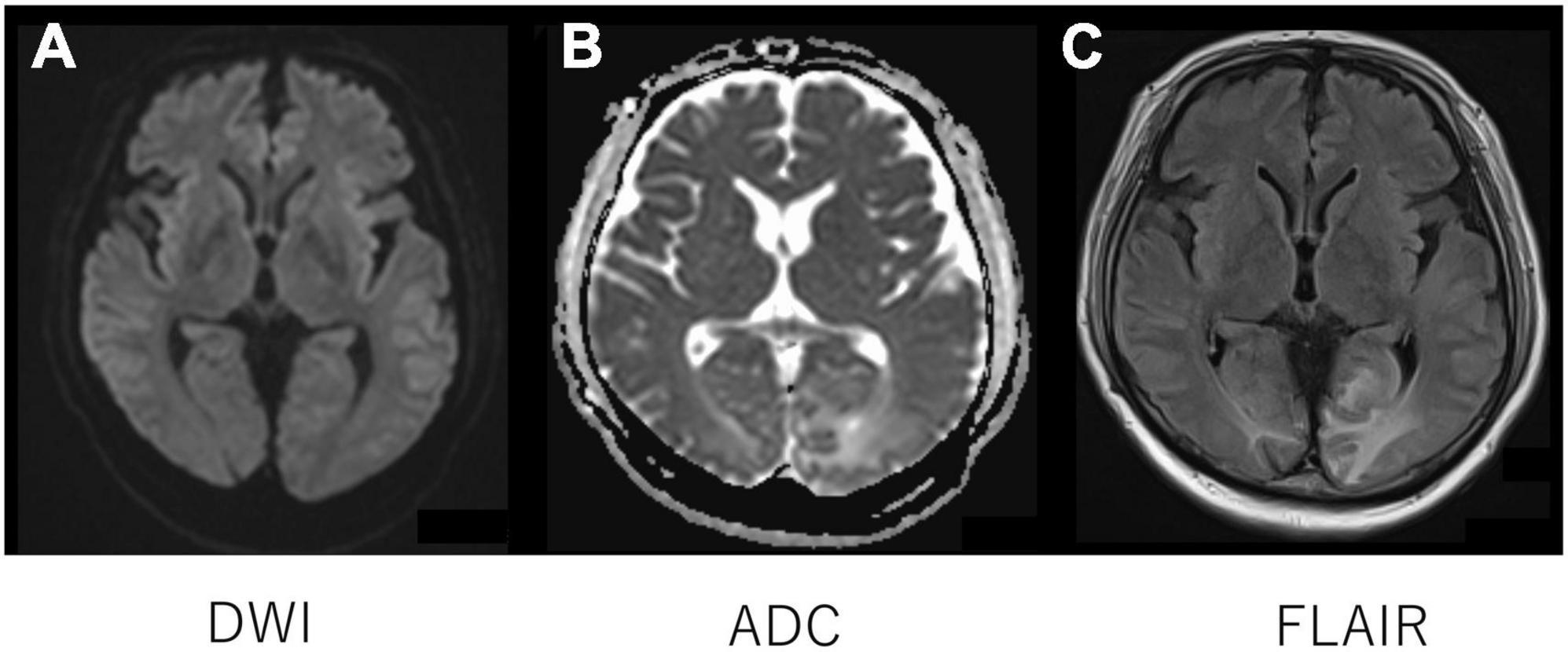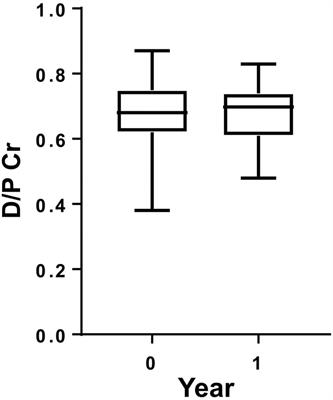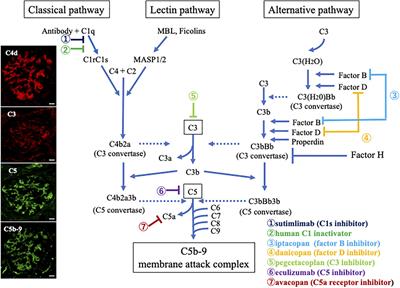EDITORIAL
Published on 19 Oct 2023
Editorial: Role of complement activation in kidney diseases

doi 10.3389/fmed.2023.1297938
- 1,217 views
3,929
Total downloads
12k
Total views and downloads
You will be redirected to our submission process.
EDITORIAL
Published on 19 Oct 2023

CASE REPORT
Published on 09 Jan 2023

ORIGINAL RESEARCH
Published on 20 Dec 2022

REVIEW
Published on 02 Dec 2022

ORIGINAL RESEARCH
Published on 03 Aug 2022

ORIGINAL RESEARCH
Published on 31 Mar 2022

